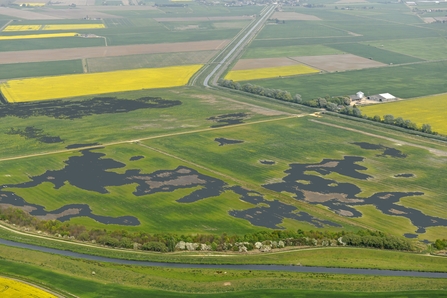Shades of Black (Grouse) - 16 November 2022
Following last year's talk on his research into the life of the urban and rural red fox, Dr Carl Soulsbury gave the group a second fascinating account of another area he is studying, namely the world of the black grouse, and the impact of human activity on the species.
Black grouse are still widespread throughout northern Europe. Dr Soulsbury had spent time in Finland where there is a sizable population. His research is focusing on attempting to unravel the evolutionary strategy of the species, especially concerning the lek, where male birds, often in significant numbers, gather together for breeding rituals, resulting apparently in only a small number of dominant males securing a mate.
Survival is fraught with problems – predation of adults by goshawks, and at the nest by pine martens, high mortality among chicks , and the reliance on specific snow conditions to enable over wintering - these are all factors underlying the decline of the species, including sadly the impact of human activity. It was a most interesting evening.





